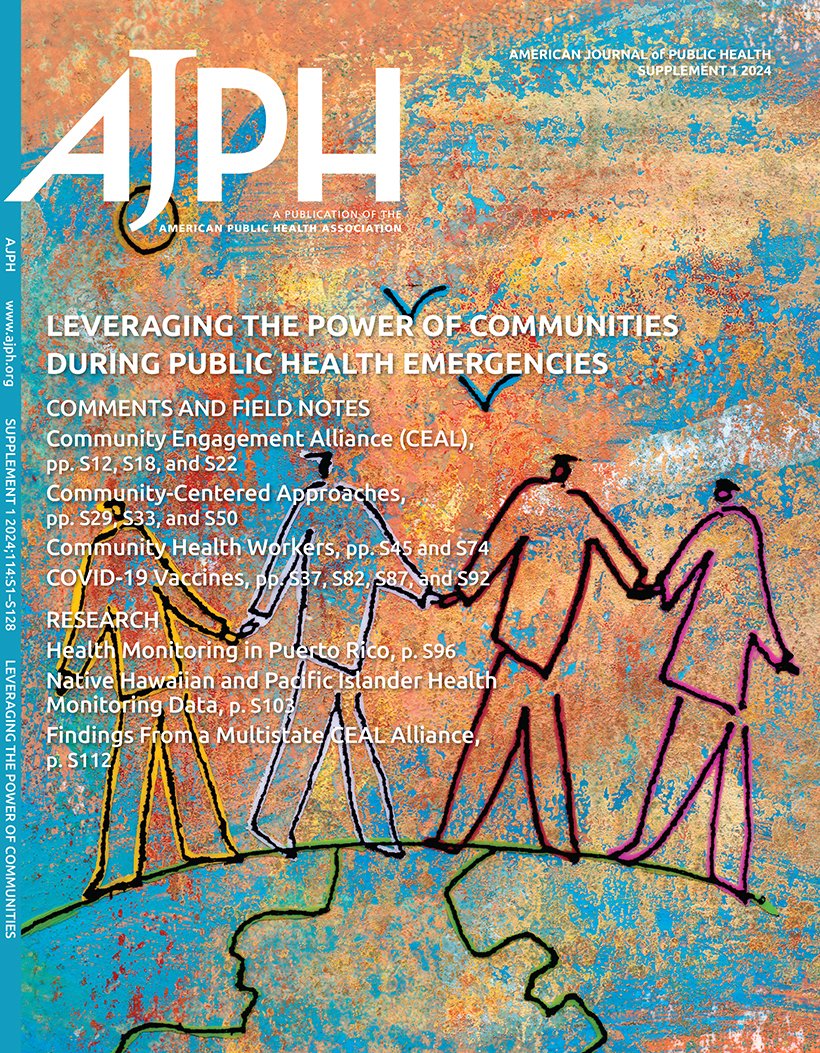Abortion Restrictions and Infant Mortality in the United States, 2018-2023.
IF 9.6
1区 医学
Q1 PUBLIC, ENVIRONMENTAL & OCCUPATIONAL HEALTH
引用次数: 0
Abstract
Objectives. To evaluate the impact of state-level abortion restrictions enacted between 2018 and 2023 on infant mortality in the United States, comparing mortality trends across restricting and nonrestricting states. Methods. Using a difference-in-differences approach, we drew infant mortality data from the Centers for Disease Control and Prevention's WONDER (Wide-ranging Online Data for Epidemiologic Research) database and categorized deaths by age and cause, incorporating information on abortion restrictions and legal exceptions from the Center for Reproductive Rights and the Kaiser Family Foundation. We calculated estimates at the state-year level. Results. Infant mortality increased by 7.2% in restricting states. The increase is predominantly attributable to early (aged < 1 day) and late (aged 1 month to 1 year) infant deaths. Effects were largest for perinatal and noncongenital causes of death. Health exceptions did not significantly moderate the effects. Conclusions. Curtailing abortion access increases infant deaths. Fetal and maternal health exceptions do not moderate this effect. Excess deaths are not exclusively attributable to congenital abnormalities. Further work is needed to understand how restrictions contribute to late deaths and the long-term effects of infant deaths on families and communities. (Am J Public Health. Published online ahead of print August 21, 2025:e1-e8. https://doi.org/10.2105/AJPH.2025.308228).2018-2023年美国堕胎限制和婴儿死亡率。
目标。评估2018年至2023年间颁布的州一级堕胎限制对美国婴儿死亡率的影响,比较限制和非限制州的死亡率趋势。方法。采用差异中的差异方法,我们从疾病控制和预防中心的WONDER(流行病学研究广泛在线数据)数据库中提取了婴儿死亡率数据,并按年龄和原因对死亡进行了分类,同时纳入了来自生殖权利中心和凯撒家庭基金会的堕胎限制和法律例外信息。我们计算了州-年水平的估计。结果。在限制生育的州,婴儿死亡率上升了7.2%。增加的主要原因是早期(小于1天)和晚期(1个月至1岁)婴儿死亡。围产期和非先天性死亡的影响最大。健康例外情况并没有显著缓和这种影响。结论。限制堕胎会增加婴儿死亡率。胎儿和产妇健康方面的例外情况不会减轻这种影响。过多的死亡并非完全归因于先天性异常。需要进一步开展工作,了解限制措施如何导致晚死以及婴儿死亡对家庭和社区的长期影响。公共卫生。2025年8月21日在线出版:e1-e8。https://doi.org/10.2105/AJPH.2025.308228)。
本文章由计算机程序翻译,如有差异,请以英文原文为准。
求助全文
约1分钟内获得全文
求助全文
来源期刊

American journal of public health
医学-公共卫生、环境卫生与职业卫生
CiteScore
9.50
自引率
3.90%
发文量
1109
审稿时长
2-4 weeks
期刊介绍:
The American Journal of Public Health (AJPH) is dedicated to publishing original work in research, research methods, and program evaluation within the field of public health. The journal's mission is to advance public health research, policy, practice, and education.
 求助内容:
求助内容: 应助结果提醒方式:
应助结果提醒方式:


